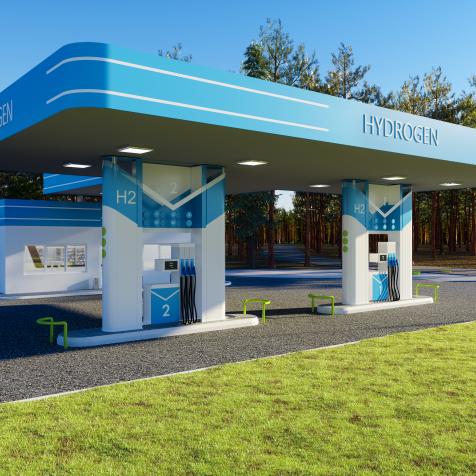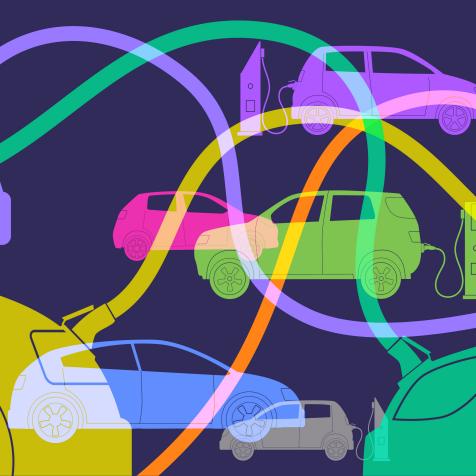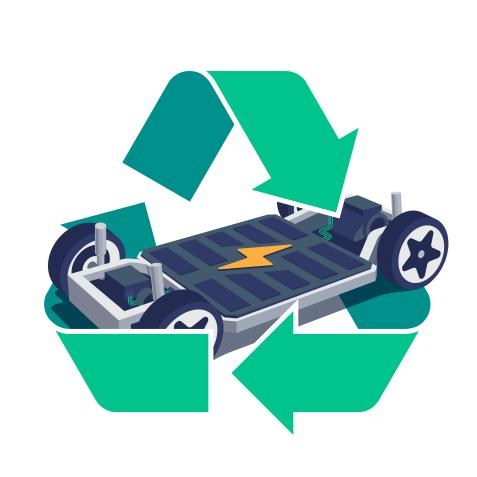
Tim Stocker Photography
Retrofitting Older Cars with Electric Motors Could Transform Transport
Low emission battery-powered electric cars are still a tiny fraction of all cars sold despite offering cheaper running costs and eco-friendly credentials. The higher purchase price is one reason, but retrofitting older cars and trucks with electric motors could be the fix needed to turbocharge electric vehicle uptake.
Less than one percent of registered cars, vans, and trucks on American roads in 2020 was electric. Sales may have tripled since 2016, but new owners are put off by the fact that electric vehicles (EVs) are still 45 percent more expensive to make than gasoline or diesel cars.
Researchers at the University of California, Berkeley say they may be cheaper to build than internal combustion models in as little as five years. And replacing the engines in older cars with electric motors could make EVs affordable to millions more.
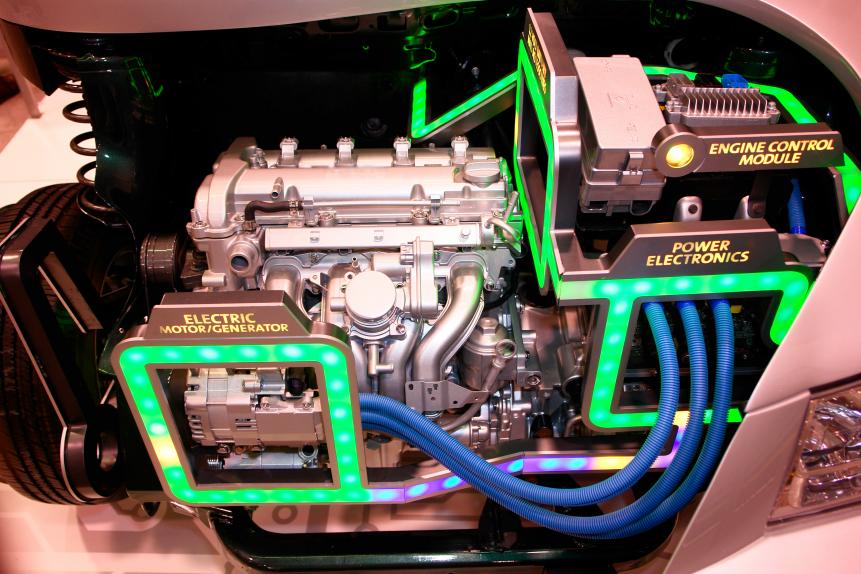
GreenPimp
Electric engine.
Ford and General Motors are among the big names offering electric conversion kits for drivers looking to keep their current car on the road while drastically lowering its emissions. General Motors announced its motor, battery, and converter kit in 2020. Ford is readying a drop-in 281 horsepower electric crate motor for sale.
Independent suppliers, auto-mechanics and startup companies also deliver and fit a wide range of conversion kits for everything from rusty old trucks to modish two-wheel scooters. But prices vary from $1,000s to $100,000s, and conversions take anywhere from hours to months.
Classic cars make up the high-value end of the conversion market as you might expect. Zero Labs in Los Angeles offers a platform electric drive chassis system for different classes of vehicles including 4x4 SUVs, pickups, and muscle cars, but it says its first edition classic rebuilds begin at $185,000.
London Electric is a UK company offering conversion for original Minis, Land Rovers, and Morris classic cars, starting at $40,000-plus and taking on average three to four months. Certainly more affordable, but hardly small change.
Conversion for mass production models should be less expensive, and if take-up is to be effective then it needs to be to stay within the reach of most car owners. New Electric is a Dutch-Irish company, that is taking experience gathered from boat refits and applying it to cars. The company can either cheaply convert a car or teach owners how to do it themselves for as little as $1,200.
Retrofitting cars destined for the scrap heap by replacing the internal combustion engine allows New Electric to give older car stock a new lease of life. As more and more retrofit companies emerge, then mass adoption could contribute effectively to tackling climate change.
Transitioning from fossil fuel cars to electric will take time and retrofitting needs regulation oversight for it to be safe and effective. Electrification of car stock brings its own complications. Carmakers are in the midst of a chip shortage, better rapid charging infrastructure needs to be put in place, and the national electric grid will need an upgrade likely costing more than $100 billion.
On top of that, there are likely to be shortages of essential metallic elements like nickel and lithium used in EV batteries. Analysts say that forces EV makers to look at alternative battery technologies, including solid-state batteries with faster charging times and longer life, and the auto industry has invested heavily to find solutions.
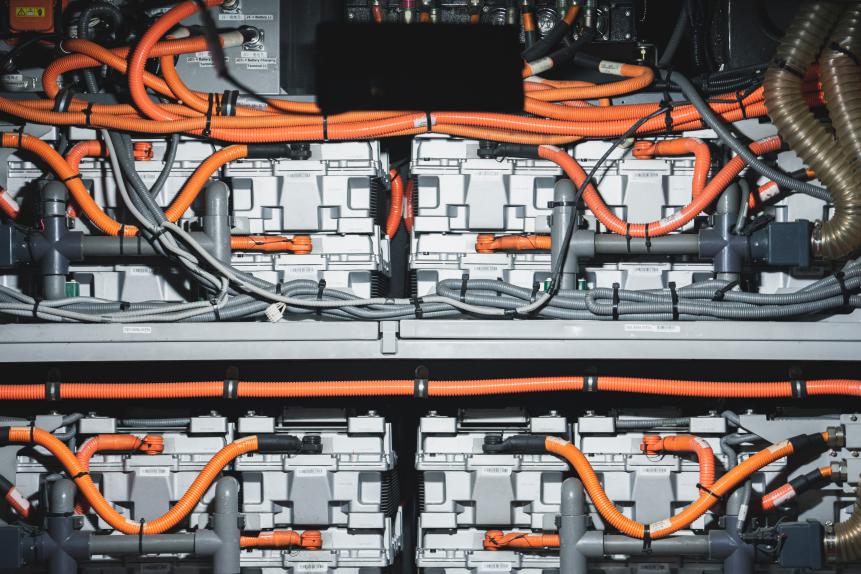
Prapass Pulsub
Electric car lithium battery pack and power connections.
That will likely leave room for hydrogen fuel cell electric vehicles (FCEVs) to take an inside track. FCEV use is likely to increase over time, but one company – Seatlle-based Hytech – has created an alternative low power drop-in electrolyzer to create hydrogen for ignition.
Hytech’s proton exchange membrane electrolyzer uses a metal hydride liquid solution to produce hydrogen that is burned in the vehicle’s engine. By retrofitting internal combustion vehicles to use zero-carbon hydrogen, the company hopes to create green transport for a fraction of the cost of buying a new battery EV or FCEV.
Whichever route drivers choose, EVs are set to hugely disrupt the traditional market for personal and work vehicles worldwide. Retrofitting existing cars could be just the boost needed to enable that transformation. Over the next decade, that means millions more becoming converts.









